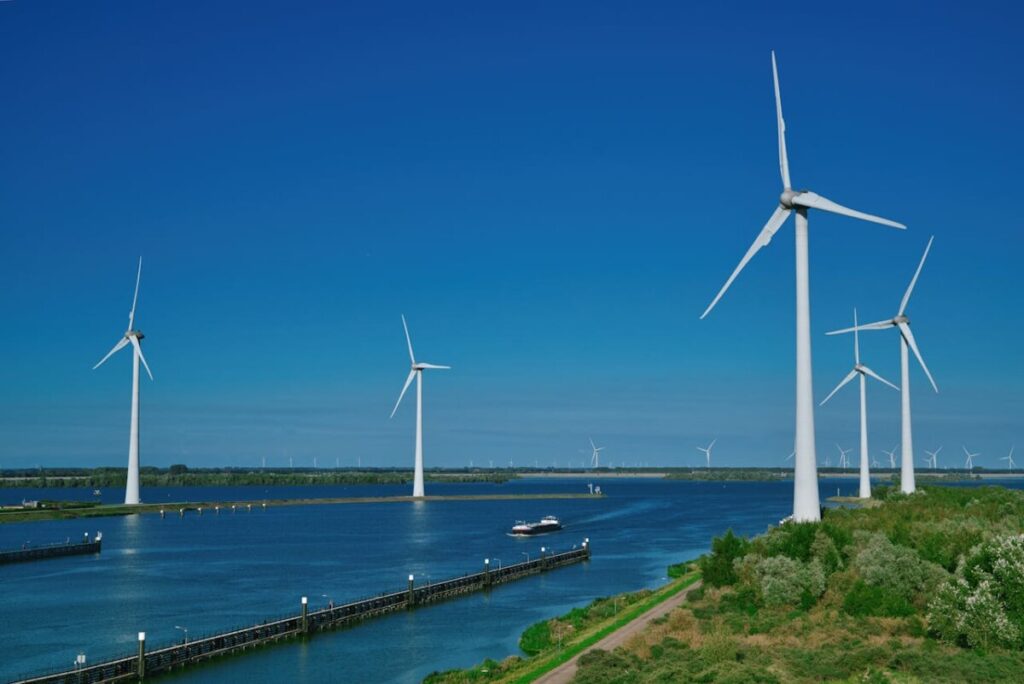
Comparing Onshore and Offshore Wind Energy Generation
As the world increasingly seeks sustainable alternatives to fossil fuels, wind energy has become a critical component of the renewable energy sector. Wind power, derived from converting kinetic energy from the wind into electricity, plays a crucial role in reducing greenhouse gas emissions and combating climate change. However, the debate over comparing onshore and offshore wind energy generation continues to be a significant topic among energy professionals and environmentalists alike.
Both forms of wind energy generation offer unique advantages and challenges. Understanding these differences is essential for future energy strategies.
In recent years, the technological advancements in wind energy production have allowed both onshore and offshore wind power to make significant contributions to the global energy mix.
Onshore wind farms, typically located in rural areas, have long been established as reliable contributors to renewable energy sources.
However, offshore wind farms are gaining ground due to higher wind speeds and fewer restrictions regarding land use.
Therefore, this article will delve into comparing onshore and offshore wind energy generation. Exploring the key differences, advantages, and challenges that shape each option.
Overview of Onshore Wind Energy
Onshore wind energy, as the name suggests, refers to wind turbines that are installed on land. These turbines are typically placed in areas with consistent wind patterns, such as rural regions, hills, and open plains.
As wind power has grown in popularity, onshore wind farms have expanded globally. Especially in countries like the United States, where the installation of onshore wind farms continues to rise.
Benefits of Onshore Wind Energy
Onshore wind energy offers several key benefits. For one, it has lower installation costs compared to offshore wind energy.
Land-based wind farms are easier to access for maintenance, leading to lower operational expenses.
Additionally, the infrastructure for onshore wind projects has been well established, contributing to extensive experience in this area.
- Lower installation costs
- Easy access for maintenance
- Established infrastructure
Challenges of Onshore Wind Energy
However, there are challenges associated with onshore wind energy. One major concern is the visual impact of onshore wind turbines. As they are often installed near residential areas or scenic landscapes.
Furthermore, onshore turbines may produce noise pollution, which can be disruptive to local communities.
The availability of suitable land and lower wind speeds compared to offshore locations are other challenges that must be addressed.
Overview of Offshore Wind Energy
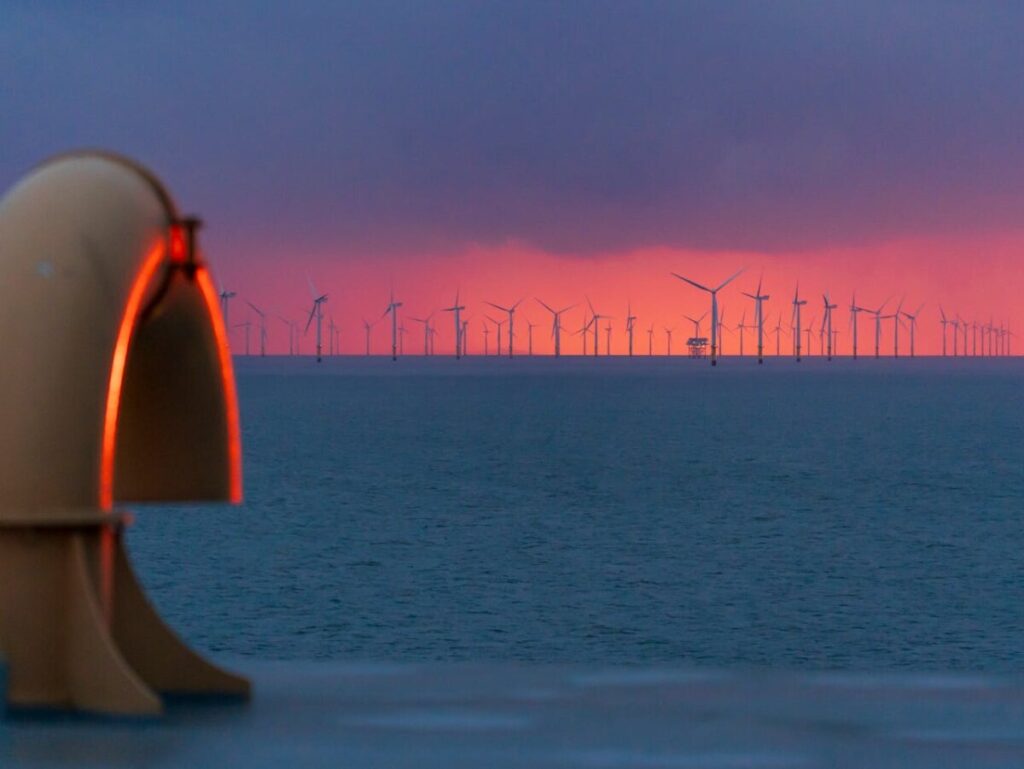
Offshore wind energy generation involves installing wind turbines in bodies of water, usually far from the shore.
These turbines harness the power of wind over open water, where wind speeds are generally higher and more consistent.
Offshore wind projects have seen a rapid increase in recent years. Driven by both technological advancements and the growing need to diversify energy production sources.
Advantages of Offshore Wind Energy
Offshore wind energy presents several advantages that make it an attractive option for renewable energy sources. First, higher wind speeds in offshore locations translate into more energy production.
Offshore turbines can be larger than their onshore counterparts, allowing them to generate more electricity.
Furthermore, because they are located far from land, offshore wind farms have less impact on residential areas and local communities. This helps mitigate concerns regarding visual impact and noise pollution.
- Higher wind speeds for better energy production
- Less impact on residential areas
- Ability to install bigger turbines
Related Post: What Are Advancements in Offshore Wind Turbine Technology?
Challenges of Offshore Wind Energy
Despite its numerous advantages, offshore wind energy generation comes with its own set of challenges.
One of the most significant hurdles is the higher installation costs associated with building wind farms in open water.
Offshore projects require specialized equipment and extensive planning to ensure the turbines can withstand harsh weather conditions and the marine environment.
Additionally, maintenance costs are higher compared to onshore wind farms due to the difficulty in accessing offshore locations.
Moreover, there are concerns about the impact on marine life and ecosystems, as the installation of offshore wind turbines may disrupt local species and their habitats.
- Higher installation and maintenance costs
- Potential impact on marine ecosystems
- Challenging installation due to water depth and weather conditions
Key Differences in Comparing Onshore and Offshore Wind Energy Generation
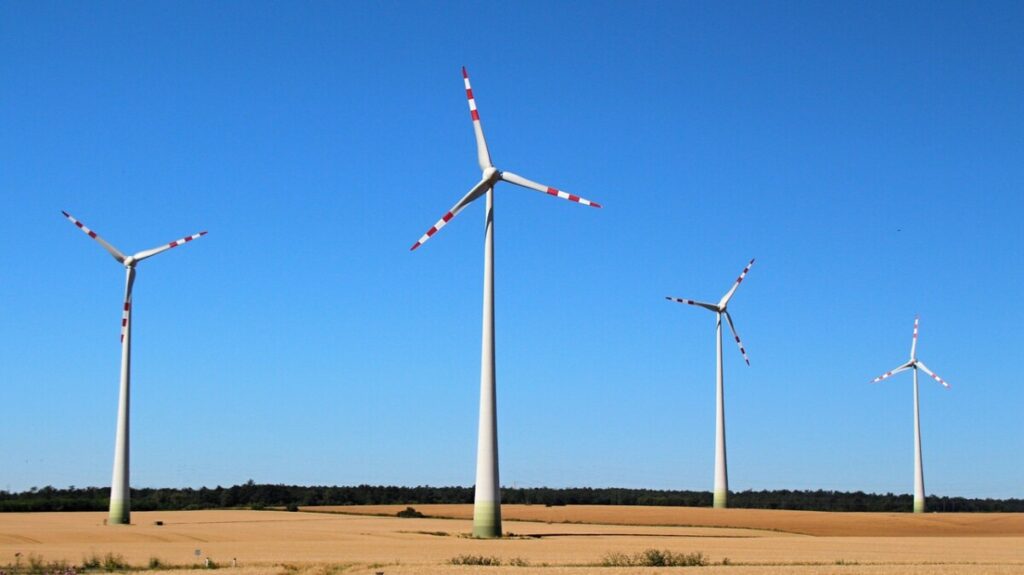
When comparing onshore and offshore wind energy generation, several key differences emerge that affect their efficiency, cost, and environmental impact.
Understanding these differences is crucial when planning future energy projects and evaluating their potential.
Installation Costs and Complexity
The main difference between onshore and offshore wind energy generation is the cost and complexity of installation.
Onshore wind farms benefit from easier access and well-established infrastructure, which translates into lower installation costs.
On the other hand, offshore wind farms require more extensive logistical planning. Such as transporting materials to deeper waters and securing foundations in the seabed.
This results in significantly higher upfront costs.
Energy Production and Capacity Factor
Another critical difference is the amount of energy produced by onshore versus offshore wind farms.
Offshore wind turbines generally have a higher capacity factor. Meaning they operate at higher efficiency levels due to the more consistent and higher wind speeds in offshore locations.
As a result, offshore turbines can generate more electricity than their onshore counterparts, even with fewer turbines.
This higher power production potential is one of the primary drivers behind the growing interest in offshore wind energy.
Environmental and Social Impacts
When considering the environmental and social impacts, both onshore and offshore wind energy generation have their pros and cons.
Onshore wind farms are often criticized for their visual impact on the landscape, particularly when installed near residential areas.
There is also the issue of noise pollution, which can affect local communities living near the turbines.
In contrast, offshore wind farms are less visible from land, which reduces their visual impact. However, concerns arise regarding the effect of offshore turbines on the marine environment.
The construction and operation of offshore wind farms can potentially disrupt marine ecosystems.
Particularly in terms of noise and vibration affecting marine species. Mitigating these environmental concerns is a priority for ongoing offshore projects.
Future Trends in Wind Energy Generation
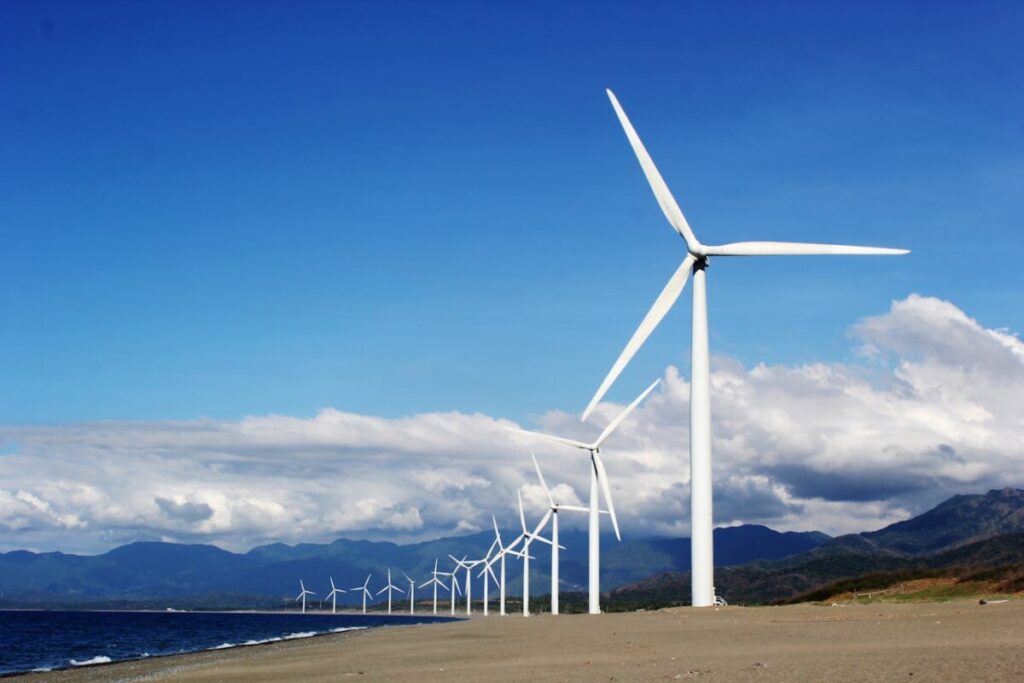
As the wind energy sector continues to grow, both onshore and offshore wind energy generation are expected to see technological advancements that improve efficiency and reduce costs.
Innovations in wind turbine technology are making it possible to build bigger turbines that generate more power with fewer resources.
These developments are particularly beneficial for offshore wind farms, where higher wind speeds allow for greater energy production.
Expansion of Offshore Wind Projects
In the coming decade, offshore wind energy is expected to play a more prominent role in meeting global energy needs.
Governments and energy companies around the world, particularly in the United States and the United Kingdom, are investing heavily in the development of offshore wind farms.
These investments are aimed at boosting the installed capacity of offshore wind power, helping to meet renewable energy targets and reduce reliance on fossil fuels.
According to the Global Wind Energy Council, offshore wind capacity is expected to grow substantially in the coming years.
Driven by both technological advances and supportive government policies. Countries such as China, the UK, and the US are leading the way in new projects, with plans to expand their offshore wind infrastructure and increase their share of renewable energy in the overall energy mix.
Comparing Onshore and Offshore Wind Energy Generation Frequently Asked Questions (FAQs)
What is the main difference between onshore and offshore wind energy?
The main difference lies in the location and installation. Onshore wind farms are installed on land, while offshore wind farms are located in bodies of water. Offshore wind farms tend to have higher installation costs but can generate more energy due to higher wind speeds.
Which is more cost-effective, onshore or offshore wind energy?
Onshore wind energy is generally more cost-effective due to lower installation costs and easier access for maintenance. However, offshore wind energy has the potential to produce more electricity. Making it more efficient in areas with consistent high winds.
How do offshore wind farms impact marine life?
Offshore wind farms can impact marine ecosystems by disrupting habitats during construction and operation. Noise and vibrations from turbines can also affect marine species. Ongoing research is focused on minimizing these impacts.
Are there fewer turbines in offshore wind farms compared to onshore farms?
Yes, fewer turbines are typically installed in offshore wind farms, but they tend to be larger and more powerful, compensating for the difference in number. The amount of energy produced by each offshore turbine is usually greater due to higher wind speeds.
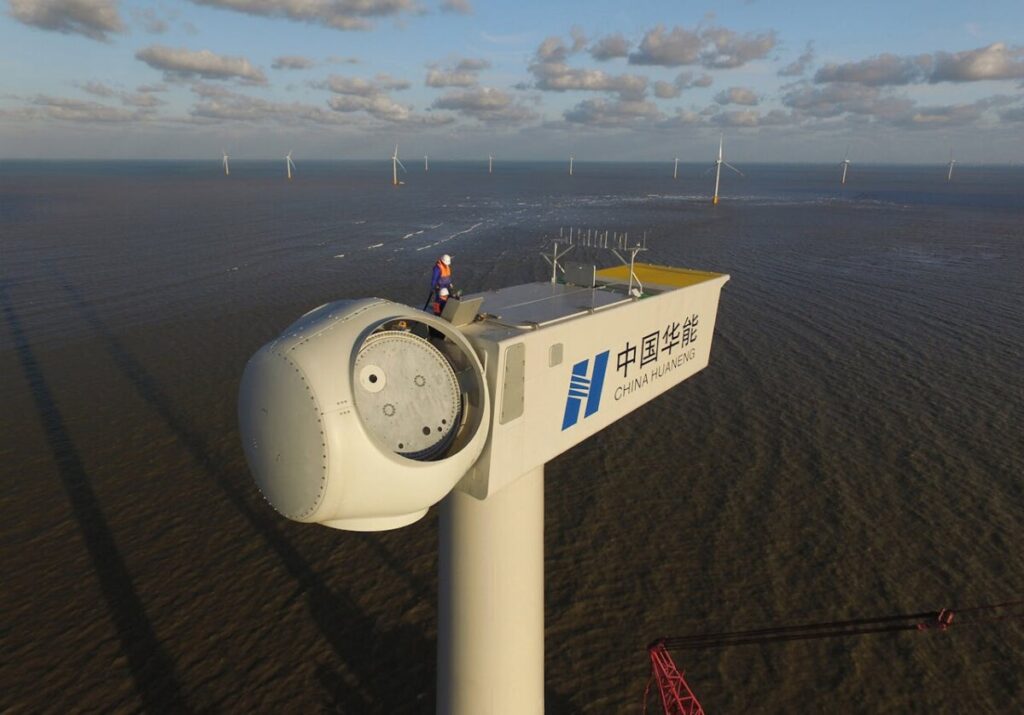
Comparing Onshore and Offshore Wind Energy Generation Conclusion
In comparing onshore and offshore wind energy generation, it becomes clear that both forms of wind energy have distinct advantages and challenges.
Onshore wind farms are easier to install and maintain. While offshore farms benefit from higher wind speeds and greater power production potential.
As the world shifts towards sustainable energy sources, both onshore and offshore wind energy will play crucial roles in reducing our dependence on fossil fuels and addressing the challenges of climate change.
With technological advancements and increased investments, the future of wind energy looks promising for both onshore and offshore projects.
Social and Economic Impacts of Onshore and Offshore Wind Energy Generation
The development of wind energy—both onshore and offshore—has far-reaching social and economic implications.
It is essential to recognize the benefits that both types of wind energy generation bring to local and global communities, as well as the potential challenges they present.
Economic Value of Onshore Wind Energy
Onshore wind farms are often considered an economically viable option for regions looking to expand their renewable energy sources.
The lower installation costs and established infrastructure mean that countries can quickly scale up onshore wind energy projects.
Additionally, onshore wind projects create jobs in rural areas, particularly in roles such as wind turbine technicians, construction workers, and support staff.
- Job creation in rural areas
- Lower upfront costs for installation
- Positive impact on local economies
One example of the economic benefits of onshore wind energy can be seen in North America, where large-scale wind farms have been developed in the Great Plains region.
The resulting economic boost, especially in states like Texas and Iowa, has been significant.
Furthermore, these projects provide income to landowners who lease their property for wind farms, offering an additional source of revenue for local communities.
Economic Value of Offshore Wind Energy
Offshore wind energy, while more costly to install, has its own unique economic advantages. The potential for higher wind speeds and increased energy production makes offshore wind farms highly efficient.
As a result, countries investing in offshore wind projects can generate large amounts of electricity, which can help meet their growing energy demands.
Additionally, offshore wind farms offer long-term economic benefits through the creation of specialized jobs, including roles in offshore wind turbine installation, maintenance, and engineering.
Countries such as the United Kingdom and the United States are leaders in the offshore wind industry, with significant investments in offshore projects that aim to increase their installed capacity.
The UK, for instance, is a global leader in offshore wind energy, with numerous new projects being developed to expand its offshore wind power capabilities.
Technological Advancements in Onshore and Offshore Wind Energy
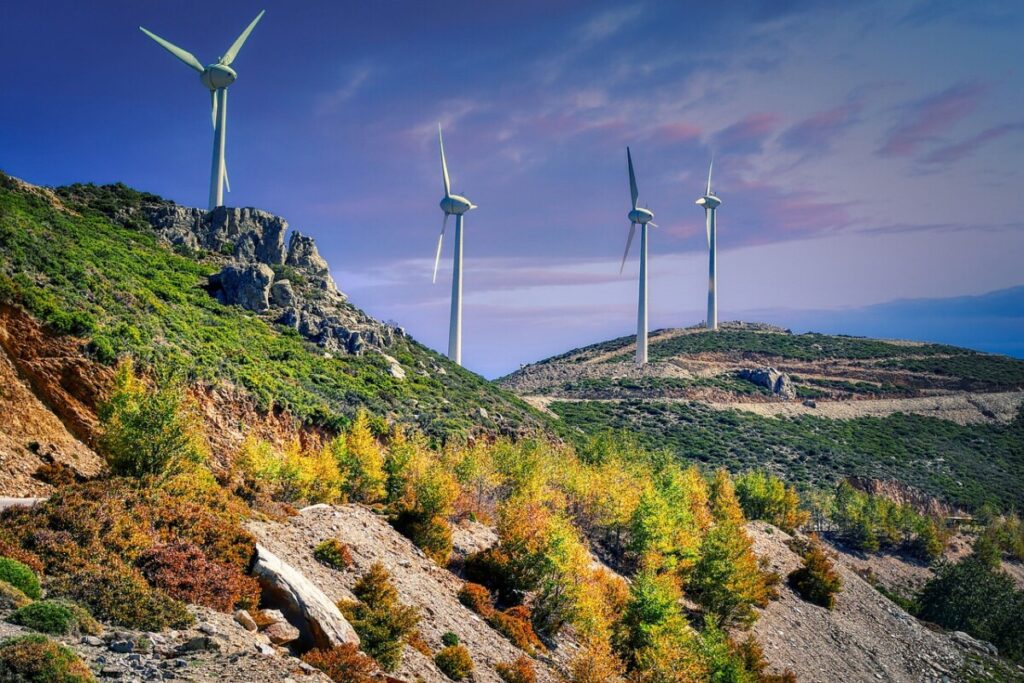
Advances in technology continue to drive improvements in both onshore and offshore wind energy generation.
These developments are making wind energy more efficient, reliable, and cost-effective, helping to solidify its place as a key player in the renewable energy sector.
Onshore Wind Technology Developments
Onshore wind technology has improved significantly over the past few decades.
One of the most notable advancements is the development of larger and more efficient rotor blades, which allow onshore turbines to capture more kinetic energy from the wind.
These innovations enable onshore wind farms to produce more electricity, even in areas with lower wind speeds.
In addition, advancements in drive shaft technology and the materials used in turbine construction have led to more durable and longer-lasting turbines, reducing the need for frequent maintenance.
As a result, onshore wind energy is becoming more attractive to investors and governments looking to expand their renewable energy infrastructure.
Offshore Wind Technology Developments
Offshore wind technology has also seen significant advancements in recent years.
One of the most promising developments is the introduction of floating turbines, which can be installed in deeper waters where wind speeds are higher and more consistent.
This technology allows for the development of offshore wind farms in locations that were previously inaccessible, further increasing the potential for offshore wind power.
Additionally, offshore wind turbines are becoming larger and more powerful, with some offshore turbines capable of producing up to 10 megawatts of electricity.
These larger turbines reduce the number of turbines needed to meet energy demands, thus lowering overall installation and maintenance costs.
- Floating turbines for deeper water installations
- Larger offshore turbines for increased energy production
- Enhanced durability and efficiency
Related Post: The Potential of Floating Wind Turbines: The Best Advantages
Environmental Concerns in Wind Energy Generation
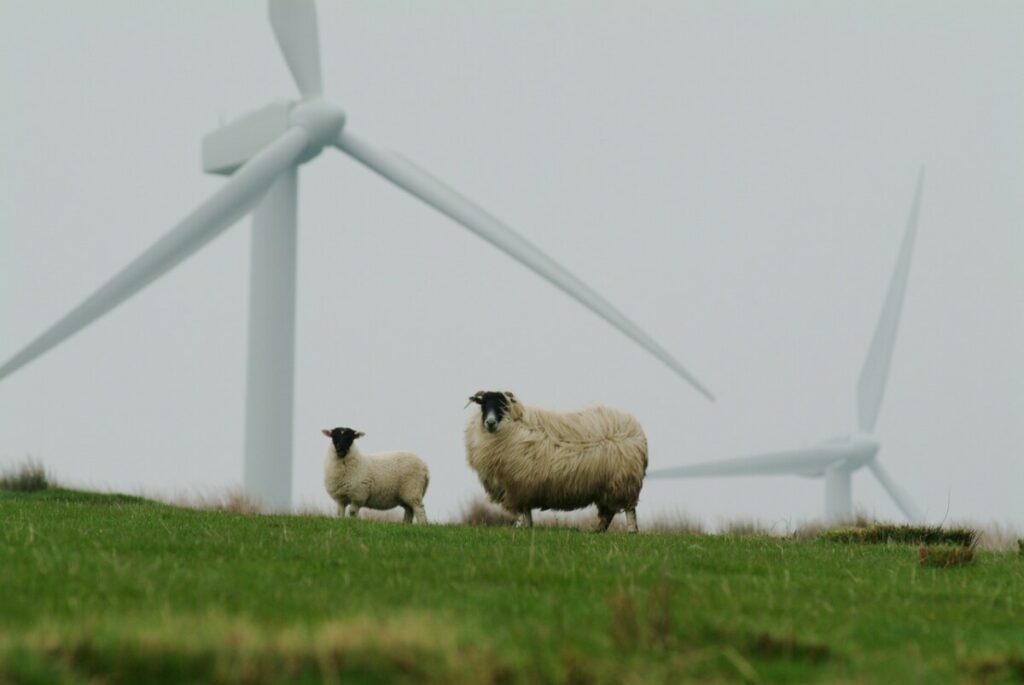
Both onshore and offshore wind energy generation offer significant environmental benefits by providing a renewable source of energy that does not rely on fossil fuels.
However, there are environmental concerns associated with each type of wind energy that need to be considered.
Environmental Concerns for Onshore Wind Energy
The environmental impact of onshore wind farms is often centered around their visual impact on landscapes and their proximity to residential areas.
For communities living near onshore farms, the sight of large turbines can be seen as a detractor from the natural beauty of the environment.
Additionally, concerns about noise pollution have been raised by residents living close to wind farms.
There are also social impacts to consider, as some communities may resist the development of new onshore wind farms due to concerns about local economies and the potential effect on property values.
Nevertheless, when planned and managed effectively, onshore wind farms have the potential to deliver clean energy while minimizing their impact on local communities and the environment.
Environmental Concerns for Offshore Wind Energy
Offshore wind energy poses different environmental challenges, particularly regarding the potential impact on marine ecosystems.
The installation and operation of offshore turbines can disrupt marine life, affecting both the habitat and migration patterns of various species.
Efforts are being made to minimize these effects by conducting environmental impact assessments and incorporating additional safety features in turbine design.
There are also concerns about the potential impact on marine environment due to the construction of wind farms in shallow water and deeper waters.
These concerns must be carefully balanced against the long-term environmental benefits of offshore wind energy, which include reducing reliance on non-renewable energy sources and helping to combat climate change.
Related Post: Wind Energy and Its Economic Benefits for Local Communities
Comparing Onshore and Offshore Wind Energy Generation Conclusion
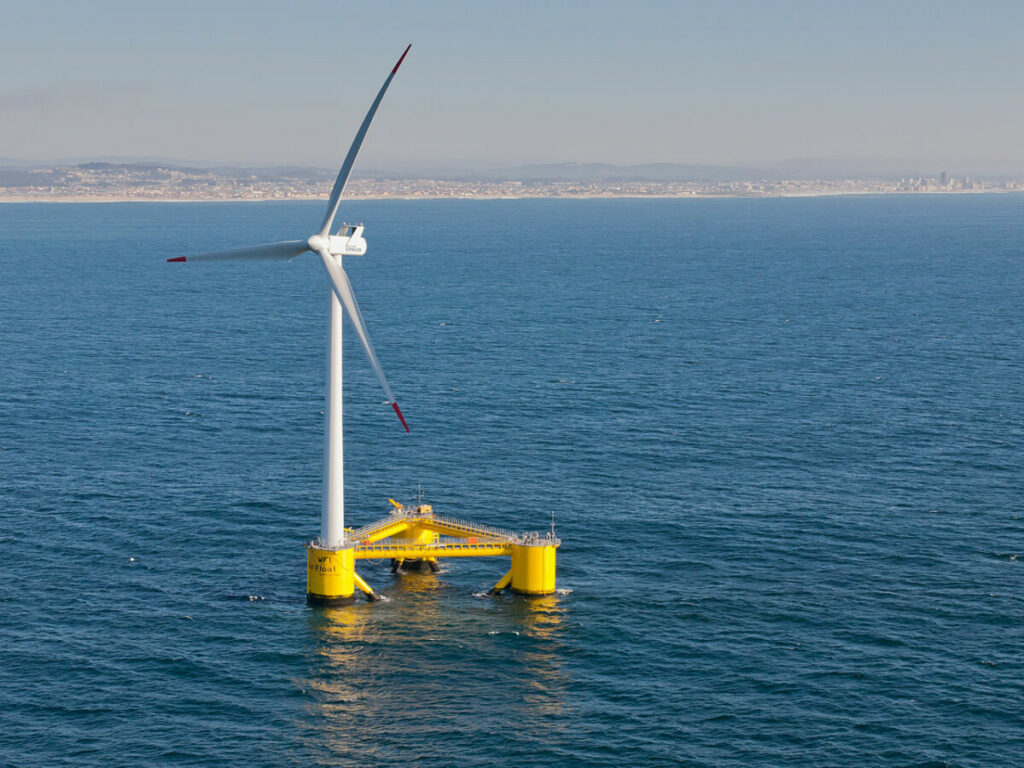
In comparing onshore and offshore wind energy generation, it is evident that both play vital roles in the transition to a more sustainable energy future.
Onshore wind power offers the advantages of lower installation costs and established infrastructure, making it an essential component of renewable energy sources in many countries.
Meanwhile, offshore wind energy presents an opportunity for greater energy production and efficiency due to higher wind speeds and the ability to install larger turbines in open water.
As the world seeks to meet its growing energy needs while addressing the urgent challenge of climate change, the continued development of both onshore and offshore wind farms will be critical.
The coming decade promises exciting advancements in wind energy technology, further solidifying wind power’s place as a key player in the global energy landscape.
Ultimately, the choice between onshore and offshore wind energy will depend on factors such as cost, location, and environmental considerations, but both options are essential in the shift towards a cleaner, more sustainable future.
Recent Posts
Understanding Energy and Electricity: The Power For Progress
Energy and Electricity Energy and electricity are integral components of modern life, powering everything from homes and businesses to transportation and communication. Without them, the...
The Future of Wind Energy The future of wind energy is set to play a critical role in addressing global energy needs while combating climate change. As renewable energy sources like wind and...

